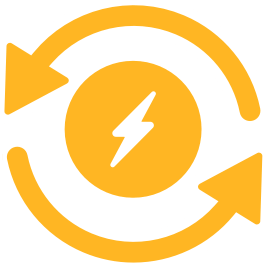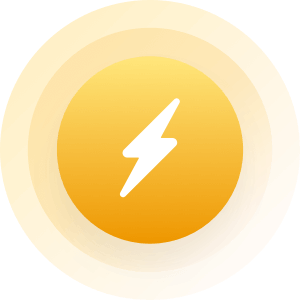| Topic: US Nuclear MissilePioneers on Okinawa Break 50-Year Silence | |
|---|---|
|
In October 1962, the United States and the Soviet Union teetered on the brink of nuclear war after American spy planes discovered that the Kremlin hadstationed medium-range atomic missiles on the communist island of Cuba in the Caribbean, barely over the horizon from Florida.
The weapons placed large swaths of the Eastern U.S. — including Washington, D.C. — within range of attack and sparked atwo-week showdown between the superpowers that Pulitzer Prize-winning U.S. historian and Kennedy advisor Arthur Schlesinger Jr.called "the most dangerous moment in human history." Six months prior to the Cuban Missile Crisis, however, a parallel drama had played out on the other side of the world as the U.S. secretly brought near-identical missiles to the ones the Russians stationed on Cuba toanother small island — Okinawa. While the full facts ofthat deployment have never been officially disclosed, now for the first time three of the U.S. Air Force's nuclear pioneers have broken the silence about Okinawa's secret missiles, life within the bunkers and a military miscalculation of apocalyptic proportions — the targeting of unaligned China at a time when China-Soviet polemics were in full public view. John Bordne, Larry Havemann and Bill Horn were all born during the early daysof World War II, but their motivations in joining the U.S. Air Force were very different. Coming from a family steeped in military tradition, Bordne signed up out of a sense of patriotism. Full' http://truth-out.org/news/item/10441-seconds-away-from-midnight-us-nuclear-missile-pioneers-on-okinawa-break-fifty-year-silence-on-a-hidden-nuclear-crisis-of-1962 |
|
|
|
|






